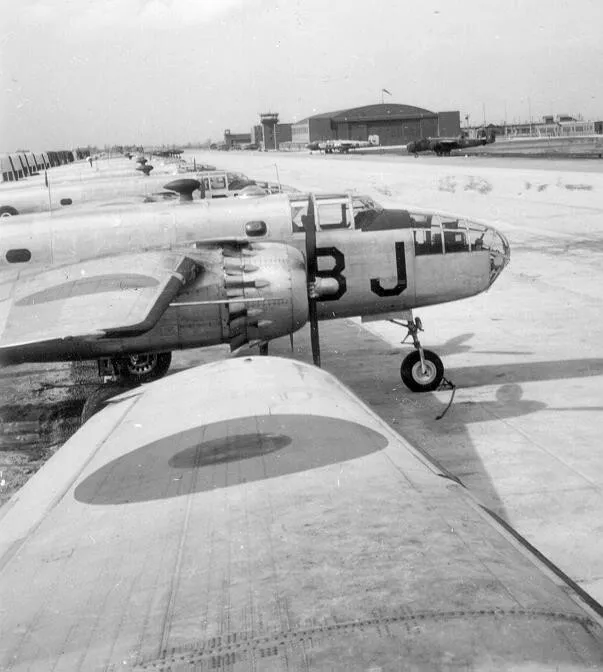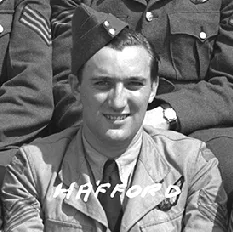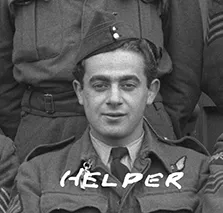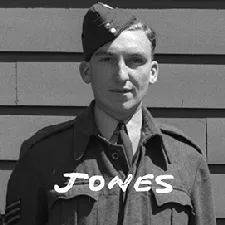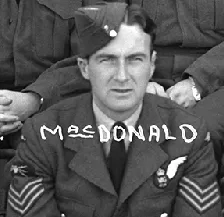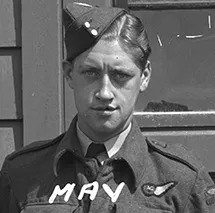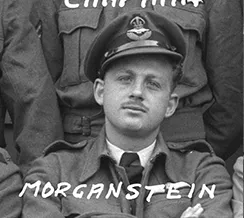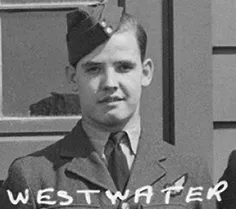Brown, Frederick Edward (Pilot Officer)
Killed in Flying Accident 1944-November-10
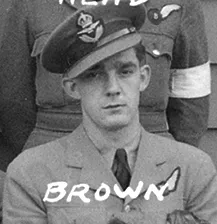

Birth Date: 1923
Born:
Parents: Son of Frank Goodrick Brown and Ellen Brown, of Coningsby, Lincolnshire, England.
Spouse:
Home:
Enlistment:
Enlistment Date: unkown date
Service
RAF
Unit
5 OTU- Operational Training Unit
Base
RCAF Stn. Abbotsford, British Columbia
Rank
Pilot Officer
Position
Service Numbers
165812
Temporary Burial
Crew or Other Personnel
Liberator KH108
Accident Card - Consolidated Liberator B. Mk. VI serial:KH108
This accident involved 1 aircraft on 1944-November-10. Liberator s/n AT108 (KH108).
This accident involved 10 people. Brown FE, Cooke JF, Helper S, Jones GI, Kingdon JV, MacDonald T, Morganstein M, Westwater DR, Hafford FD, May FD
This accident had 9 fatalities. Sergeant David Peggie Westwater RAFVR Killed in Flying Accident service no:1826189 Liberator KH108, Flying Officer Morris Morganstein RAFVR Killed in Flying Accident service no:163835 Liberator KH108, Sergeant Thomas MacDonald RAFVR Killed in Flying Accident service no:1369701 Liberator KH108, Flying Officer John Victor Kingdon RAFVR Killed in Flying Accident service no:147999 Liberator KH108, Sergeant Sidney Helper RAFVR Killed in Flying Accident service no:1320190 Liberator KH108, Sergeant Glyn Ivor Jones RAFVR Killed in Flying Accident service no:1837039 Liberator KH108, Sergeant Frederick Douglas Hafford RAF Killed in Flying Accident service no:1614739 Liberator KH108, Sergeant Ronald May RAFVR Killed in Flying Accident service no:1596791 Liberator KH108, Pilot Officer Frederick Edward Brown RAF Killed in Flying Accident service no:165812 Liberator KH108
Liberator serial: KH108
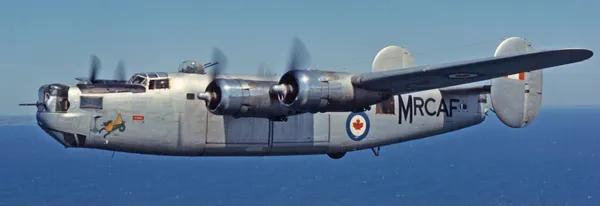
Consolidated Liberator G.R. Mk. VIII, RCAF (Serial No. 11130) ex-USAAF Consolidated (Vultee) B-24L Liberator USAAF (44-50154)
ex-RAF (Serial No. 5009), ex-Indian Air Force (Serial No. HE773).
Currently preserved in the Canada Aviation and Space Museum Ottawa Ontario.
The Consolidated B-24 Liberator was an American heavy bomber flown by the RCAF during the Second Word War. It was designed with a shoulder-mounted, high aspect ratio Davis wing which gave the Liberator a high cruise speed, long range and the ability to carry a heavy bomb load. Early RAF Liberators were the first aircraft to cross the Atlantic Ocean as a matter of routine. In comparison with its contemporaries the B-24 was relatively difficult to fly and had poor low speed performance; it also had a lower ceiling compared with the Boeing B-17 Flying Fortress. Of the roughly 18,500 B-24s built in the USA during the war, 148 were flown by the RCAF on long range anti-submarine patrols, with the B-24 serving an instrumental role in closing the Mid-Atlantic gap in the Battle of the Atlantic. The RCAF also flew a few B-24s post war as transports.
Roughly half of all (RAF) Liberator crews in the China-Burma-India (CBI) Theatre were Canadian by the end of the war. John Muir of Vancouver flew the longest mission of the war: 24hrs, 10mins from Ceylon to Burma and back. (Kyle Hood) Harold Skaarup web page
Aircraft Images
Liberator KH108
Liberator B. Mk. VI KH108
Supplied by RAF for use at No. 5 OTU, Boundary Bay, BC. KH108 was EX USAAF 44-10673, and arrived at 5 OTU on 9 August 1944. It was reported missing on the night of 10/11 November 1944, and was later found to have crashed into a mountain on Vancouver Island on 11 November. It was written off the books on 29 December 1944. The wreckage was not located until June 1945, north of the east end of Nitinat Lake. The aircraft carried the code "AT" when it crashed. All 11 crew on board were killed.1944-08-09 Taken on Strength 2022-02-07
1944-November-10 Accident: 5 Operational Training Unit Loc: Unknown Names: Brown | Cooke | Hafford | Helper | Jones | Kingdon | MacDonald | May | Morganstein | Westwater
1944-12-29 Struck off Strength 2022-02-07
Unit Desciption
5 OTU (5 Operational Training Unit)
The Operational Training Unit (OTU) was the last stop for aircrew trainees. They spent 8 to 14 weeks learning to fly operational aircraft (Hawker Hurricane or Fairey Swordfish, e.g.). The instructors had experience in actual operations, and often were posted to OTUs after their operational tour.